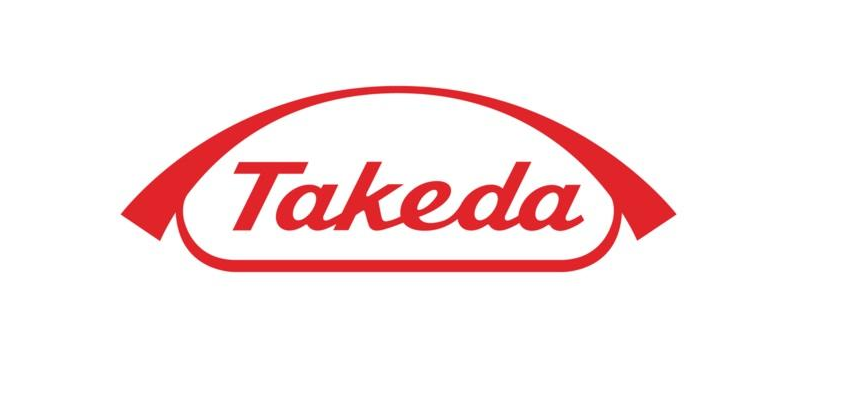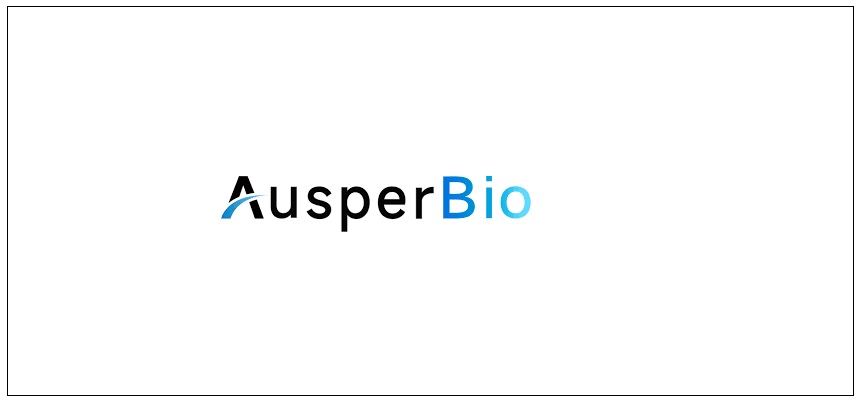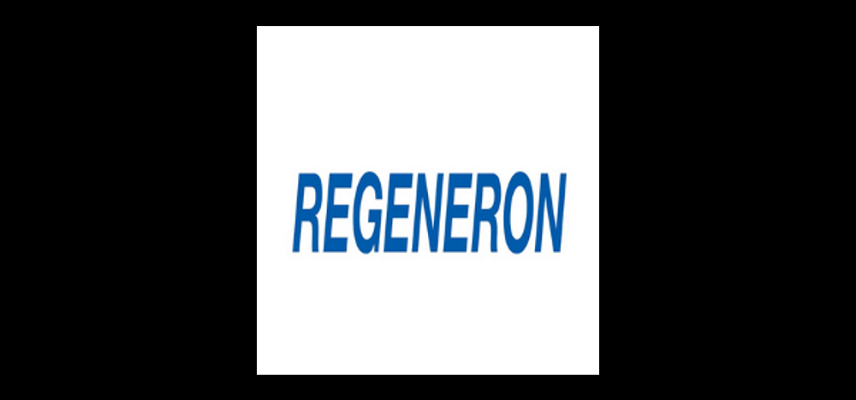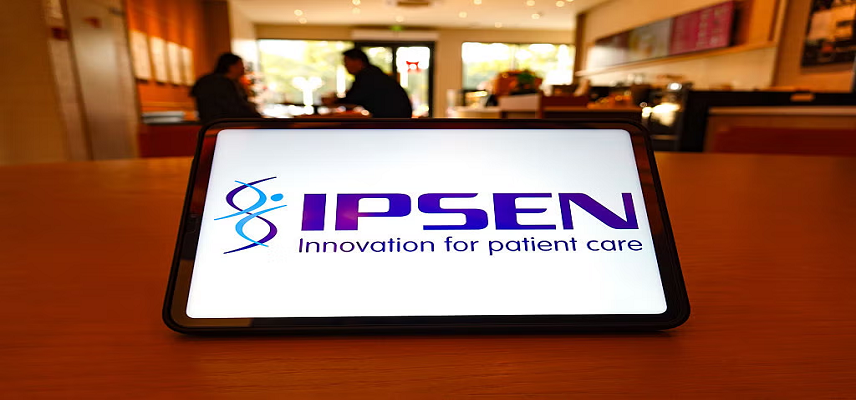Takeda announces positive results from two pivotal phase 3 studies of oveporexton in narcolepsy type 1
Overview
Takeda, a global company focused on creating better health for people and a brighter future for the world, announced that all primary and secondary endpoints were met in two phase 3 randomized, double-blind, placebo-controlled studies of oveporexton (TAK-861), a potential first-in-class investigational oral orexin receptor 2 (OX2R)-selective agonist, in narcolepsy type 1 (NT1).
About the Narcolepsy type 1
- Narcolepsy type 1 is caused by the loss of orexin-producing neurons in the brain.
- Orexin agonists are designed to address this underlying orexin deficiency.
- For the first time, this mechanism of action has been validated in phase 3 studies demonstrating significant improvement across a broad range of symptoms.
- These results reinforce the potential of oveporexton to transform the standard of care.
Words from Christophe Weber: President and CEO, Takeda
We are thrilled to reach this pivotal milestone for the oveporexton program. Oveporexton is a testament to Takeda’s strength in discovering and developing a potential new class of medicines for difficult to treat diseases such as narcolepsy type 1,” said Christophe Weber, president and CEO at Takeda. ""Our leadership in orexin biology and building a multi-asset orexin franchise with transformative potential will position Takeda for long-term future growth.”
FirstLight and RadiantLight Phase 3 Trials Show Significant Symptom Improvement in Sleep Disorders
- The FirstLight and RadiantLight studies were two large, global phase 3 studies conducted in 19 countries.
- Both studies achieved statistically significant improvement compared to placebo with p-values of <0.001 for all primary and secondary endpoints across all doses at week 12.
- The primary and secondary endpoints measuring objective and patient reported improvements in wakefulness, excessive daytime sleepiness, cataplexy, ability to maintain attention, overall quality of life and daily life functions demonstrate statistically significant and clinically meaningful improvements achieving near normal ranges across the broad range of symptoms investigated.
Oveporexton: Tolerance
- Oveporexton was generally well-tolerated with a safety profile from the phase 3 studies overall consistent with oveporexton studies to date including the phase 2b study.
- No serious treatment-related adverse events were reported. The most common adverse events were insomnia, urinary urgency and frequency.
- More than 95 percent of the participants who completed the studies enrolled in the ongoing long-term extension (LTE) study.
Words from Andy Plump: President of R&D, Takeda
We are grateful to the patients who took part in these clinical studies and to their families, the investigators and clinical staff. The studies were accelerated at an unprecedented pace with the aim to bring this potential treatment to people living with narcolepsy type 1 as quickly as possible,” said Andy Plump, president of R&D at Takeda.
“The comprehensive assessments from our phase 3 studies build on the transformative results we saw with our phase 2b study with most participants reaching normative ranges and reporting clinically meaningful improvement across a broad range of symptoms at the end of the 12-week treatment period. The positive results also reinforce the continued momentum for our late-stage pipeline, which we believe will deliver value to the patients we serve around the world.”
Result presentation- Takeda intends to present the results at upcoming medical congresses and plans to submit a New Drug Application with the US FDA and additional global regulatory authorities in fiscal year 2025.
Results from the phase 3 studies have no significant impact on the full year consolidated forecast for the fiscal year ending March 31, 2026.
About Narcolepsy type 1
- Narcolepsy type 1 is a chronic, rare neurological disease that results in a range of debilitating symptoms including excessive daytime sleepiness, cataplexy, disrupted nighttime sleep, sleep paralysis and hallucinations upon falling asleep or waking.
- Additionally, individuals living with NT1 often report cognitive symptoms, including difficulty thinking clearly, remembering, concentrating and paying attention.
- NT1 is caused by loss of the orexin-producing neurons in the brain, which regulate wakefulness and sleep, and is also believed to be essential to other functions such as attention through activation of orexin receptors.
- Currently, the standard of care is limited to symptomatic therapies that may only partially address some of the symptoms people face.
The drug: Oveporexton
- Oveporexton is an investigational orexin receptor 2 (OX2R)-selective agonist, which selectively stimulates the OX2R to restore signaling and address the underlying orexin deficiency that causes narcolepsy type 1.
- By activating OX2Rs, oveporexton is designed to promote wakefulness and reduce abnormal rapid eye movement (REM)-sleep like phenomena, including cataplexy, to address the broad spectrum of daytime and nighttime symptoms.
The studies: FirstLight and RadiantLight
- FirstLight and RadiantLight are global, multicenter, placebo-controlled studies to evaluate the efficacy, safety and tolerability of oveporexton compared to placebo in patients with narcolepsy type 1 over 12 weeks.
- The studies were conducted in 19 countries with enrollment completed within six months.
- The FirstLight study enrolled 168 participants randomized to one of three dosing arms (high dose, low dose and placebo).
- The RadiantLight study enrolled 105 participants randomized to two dosing arms (high dose and placebo).
- The primary endpoint in both studies was improvement in excessive daytime sleepiness as measured by the maintenance of wakefulness test, a standard measure of wakefulness.
- Key secondary endpoints included improvement in EDS as measured by the Epworth sleepiness scale and in the weekly cataplexy rate, a measure evaluating cataplexy.
- The studies also evaluated the effect of oveporexton on participants' ability to maintain attention, participants’ overall quality of life, the spectrum of narcolepsy symptoms and daily life functions, as well as the safety and tolerability of oveporexton.

Optimize Your trial insights with Clival Database.
Are you exhausted from the uncertainty of trial insights pricing? Clival Database ensures the clarity in the midst of the global scenario for clinical trials to you.Clival Database is one of the best databases that offers an outstanding number of clinical trial data in terms of 50,000+ molecules and from primary regulatory markets as well as new entrants like Indian and Chinese markets.
With Clival, you get accurate positioning of historical sales data, patent database, company profiling, safety & efficacy, and prediction of launch of new innovative molecules helping you to align your research and driving down the cost.
To add value, we further break down our analytics for you so that improving your operational effectiveness; optimizing your clinical trials; and offering you accurate and high-quality data at lowest possible prices becomes possible.
Elevate your trial success rate with the cutting-edge insights from Clival database.
Check it out today and make more informed sourcing decisions! Learn More!







